In the dynamic world of healthcare, nursing homes play a crucial role in providing care for the elderly and those with chronic conditions. As the demand for nursing home services continues to grow, so does the need for efficient management and high-quality care. One of the most transformative advancements in this space is the integration of real-time monitoring systems. At Smartfuture, we recognize how this technology is revolutionizing nursing home management and ensuring better outcomes for residents.
The Need for Real-Time Monitoring in Nursing Homes
Nursing homes are tasked with the responsibility of providing around-the-clock care to some of the most vulnerable populations. This includes managing complex medical needs, ensuring the safety and well-being of residents, and responding promptly to emergencies. Traditional methods of monitoring, which often rely on periodic checks and manual record-keeping, can fall short in meeting these demands.
This is where real-time monitoring comes into play. By offering continuous, real-time data on residents’ health and well-being, these systems enable nursing home staff to make informed decisions quickly, improving both the quality of care and operational efficiency.
Enhancing Care with a Customized Platform
A customized platform is essential for implementing real-time monitoring in nursing homes. Such platforms are tailored to the specific needs of the facility, ensuring that the data collected is relevant and actionable. At Smartfuture, we offer white-label solutions that allow nursing homes to brand and adapt the platform to their unique requirements. This flexibility ensures that the technology seamlessly integrates into existing workflows, enhancing rather than disrupting daily operations.
By using a customized healthcare platform, nursing homes can track vital signs, medication adherence, and other critical health metrics in real time. This not only allows for immediate intervention when necessary but also supports long-term health management by identifying trends and potential issues before they become serious problems.
The Power of Remote Patient Monitoring Solutions
Remote patient monitoring solutions are a cornerstone of effective real-time monitoring in nursing homes. These solutions enable the continuous collection of health data such as heart rate, blood pressure, and glucose levels, which can be automatically transmitted to healthcare providers. This real-time data collection ensures that any changes in a resident’s condition are detected immediately, allowing for prompt response and adjustment of care plans as needed.
Smartfuture’s healthcare platform incorporates advanced remote monitoring tools that are designed to meet the specific needs of nursing homes. This integration not only improves the quality of care but also enhances the efficiency of nursing home operations by reducing the need for frequent physical checks and manual data entry.
Ensuring Safety with Telehealth Platforms
In addition to monitoring health metrics, real-time monitoring also plays a critical role in ensuring the safety and security of nursing home residents. Telehealth platforms offer a valuable tool for conducting virtual consultations, monitoring the environment, and even tracking the movements of residents within the facility. This is particularly important in preventing accidents, managing behavioral issues, and ensuring that residents are safe at all times.
Our telehealth platform at Smartfuture is equipped with features that support comprehensive safety monitoring, from fall detection to location tracking. By integrating these capabilities into the daily operations of nursing homes, staff can respond quickly to any incidents, thereby reducing the risk of injury and improving overall resident safety.
Streamlining Nursing Home Management
The benefits of real-time monitoring extend beyond resident care; they also streamline the management of nursing homes. By automating data collection and providing real-time insights, these systems free up valuable time for staff, allowing them to focus more on direct patient care rather than administrative tasks. This not only improves job satisfaction for caregivers but also enhances the overall efficiency of the facility.
Smartfuture’s white-label solutions are designed to support the specific needs of nursing home management, providing tools that facilitate better resource allocation, improve communication, and enhance decision-making processes. By leveraging our customized platform, nursing homes can achieve a higher standard of care while maintaining operational efficiency.
A New Standard for Nursing Home Care
Real-time monitoring is not just a trend; it is becoming the standard for modern nursing home management. By offering continuous insights into the health and safety of residents, this technology empowers nursing homes to provide higher-quality care, reduce risks, and operate more efficiently. At Smartfuture, we are dedicated to supporting this evolution with our healthcare platforms, telehealth solutions, and remote patient monitoring technologies.
As the demands on nursing homes continue to grow, the adoption of real-time monitoring systems will be essential in meeting these challenges. With the right tools and technology, nursing homes can ensure that their residents receive the best possible care in a safe, supportive environment.


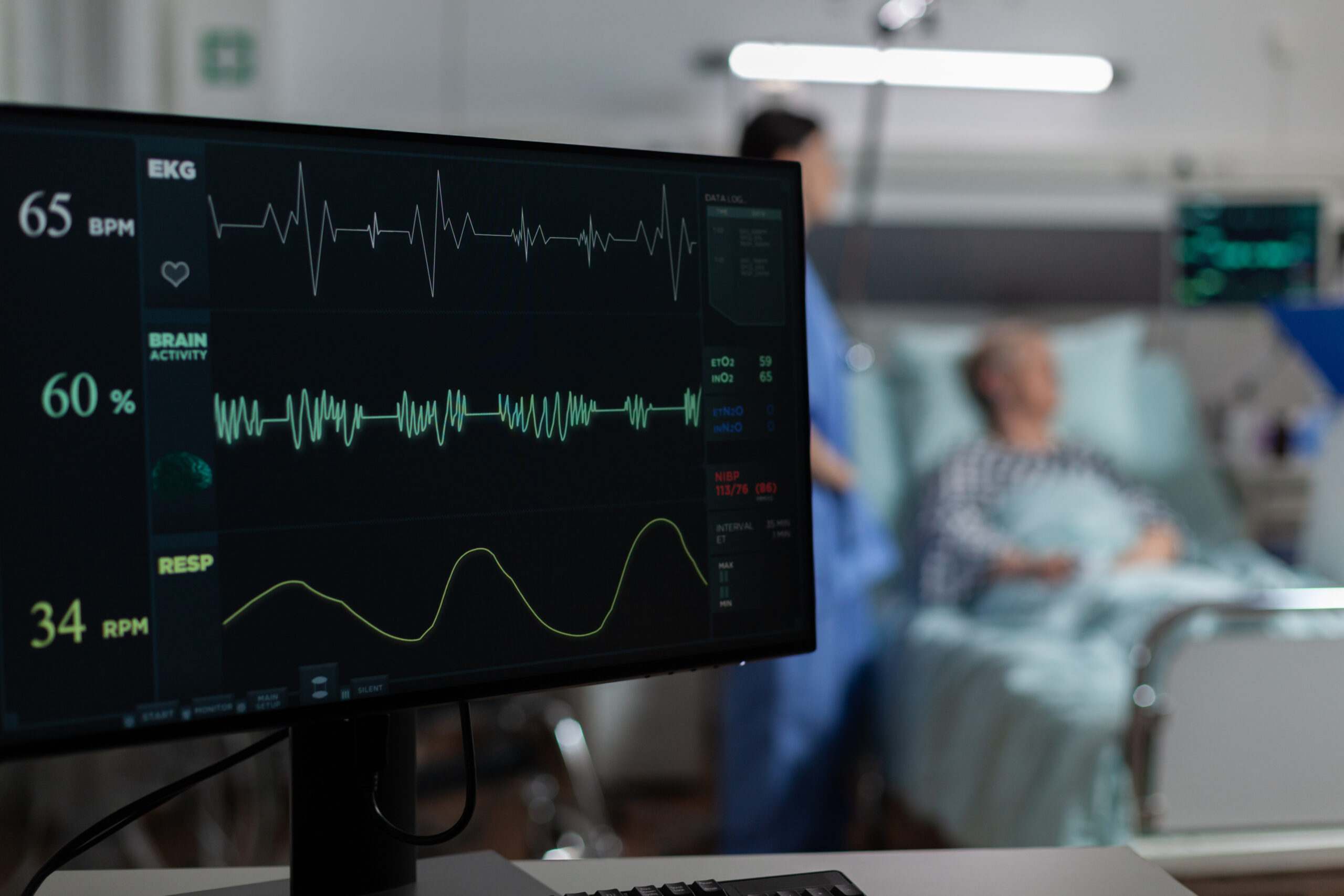

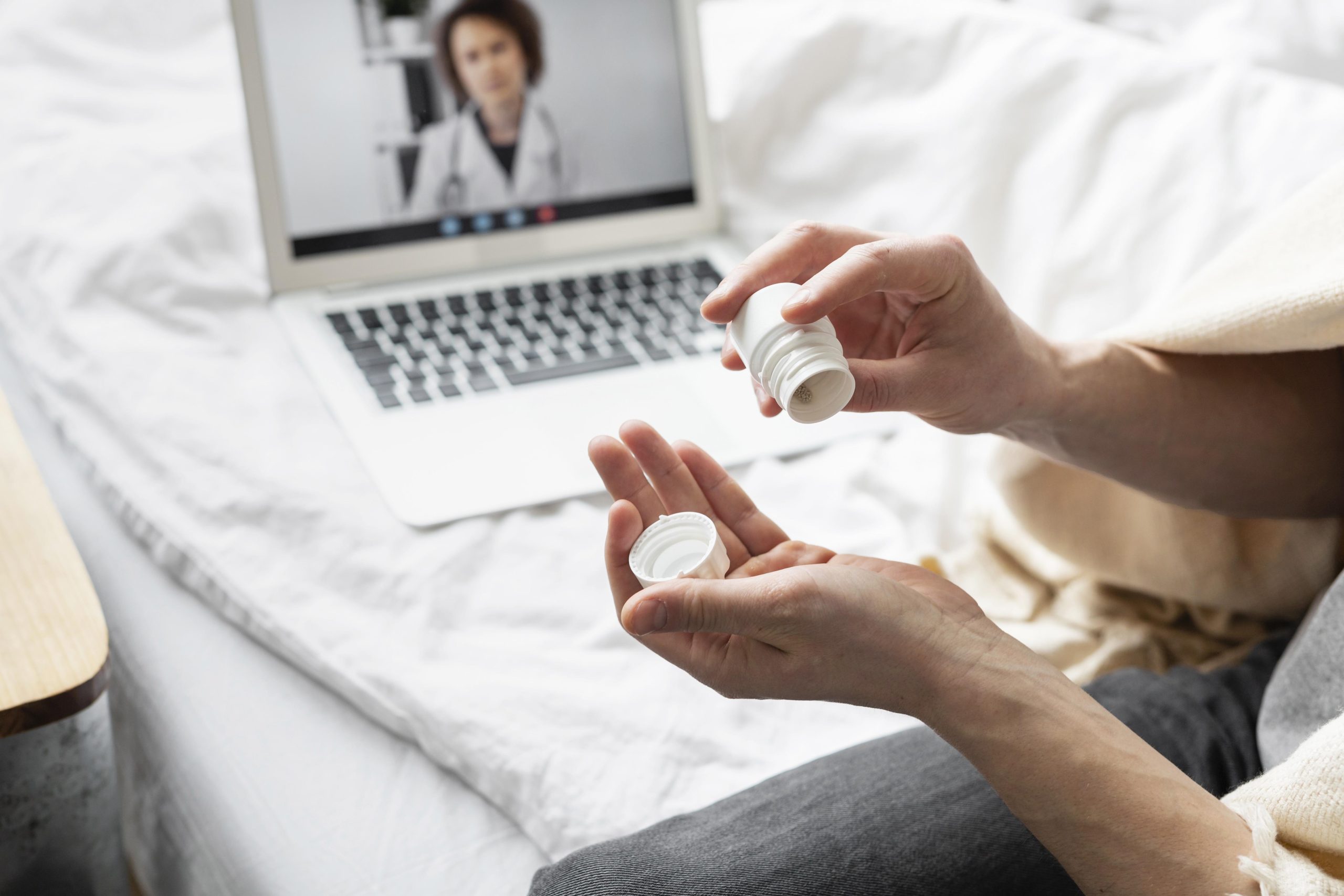
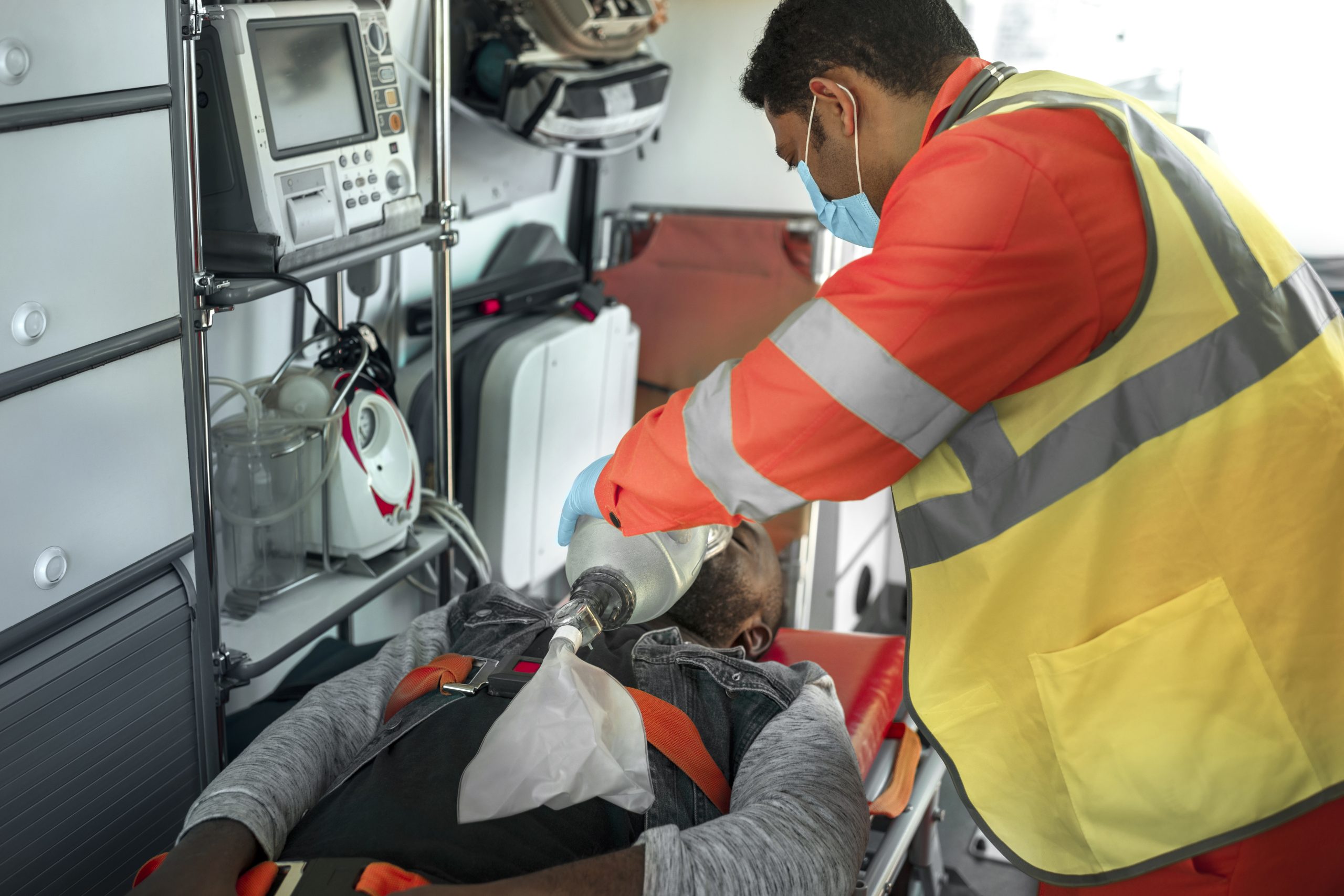



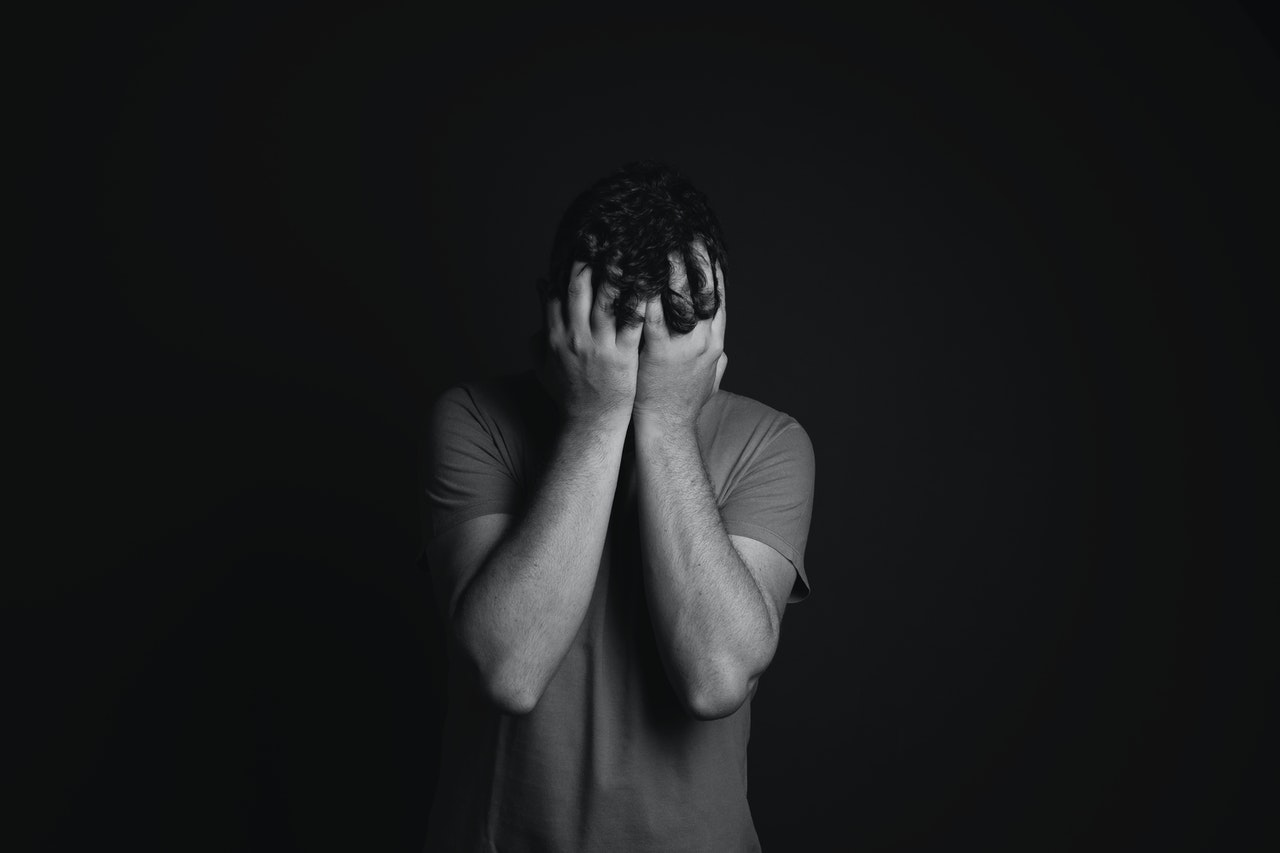
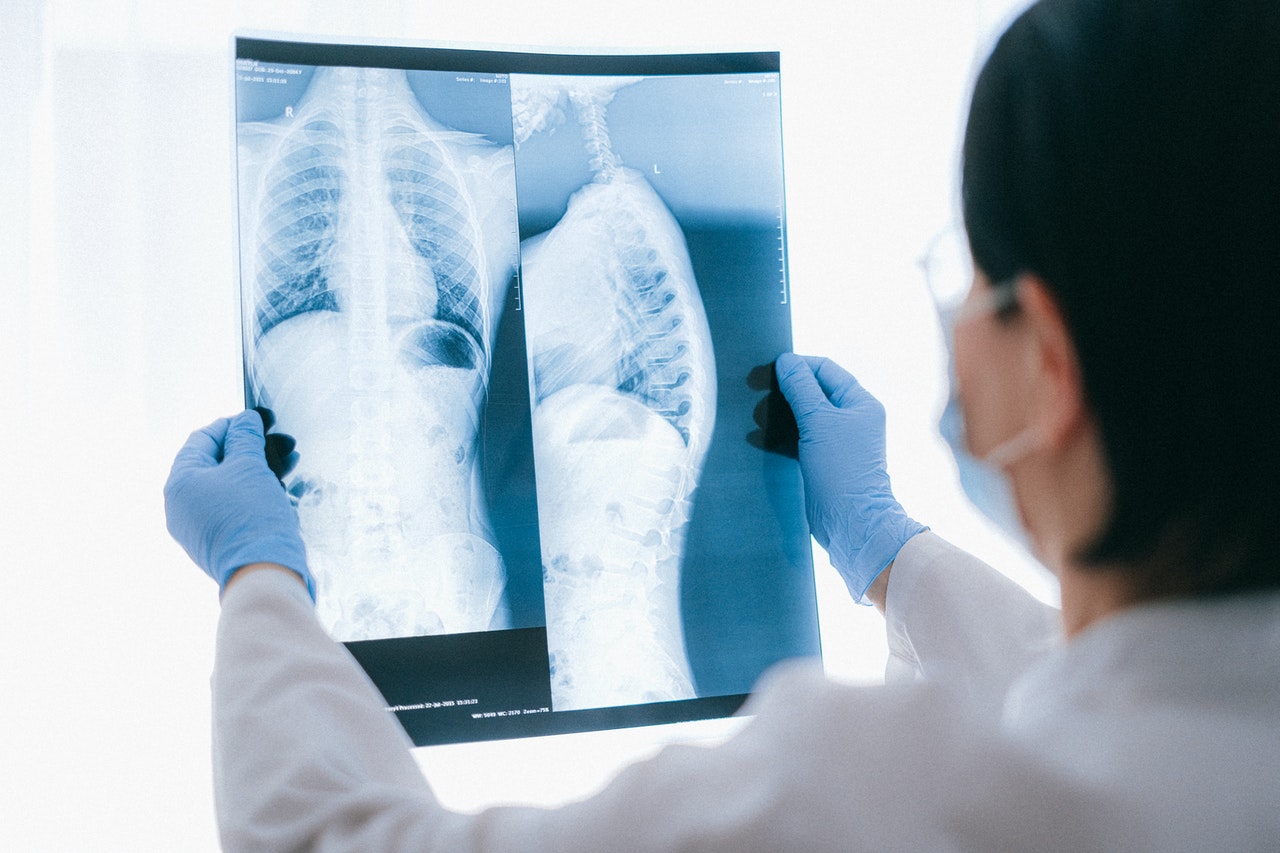
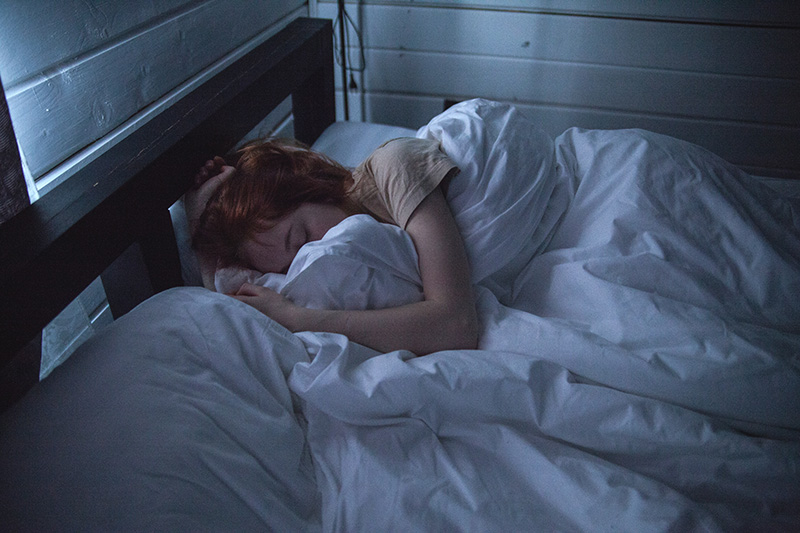

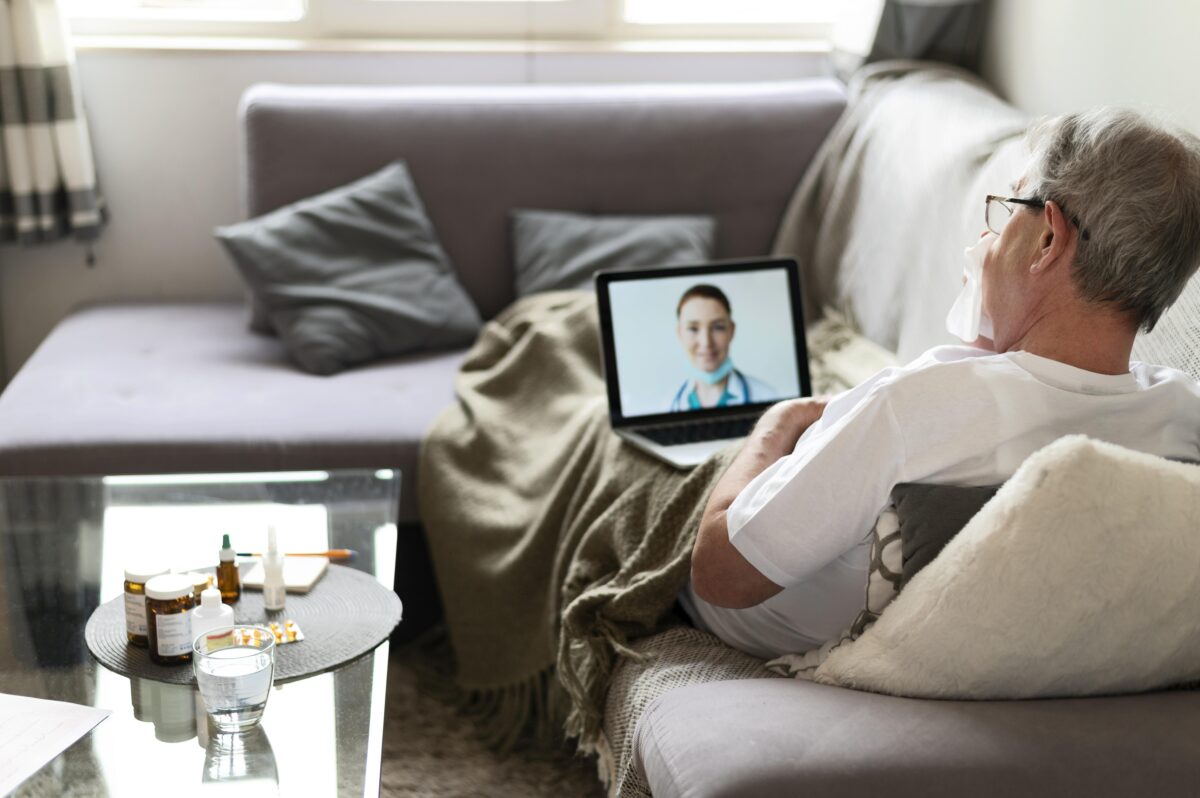

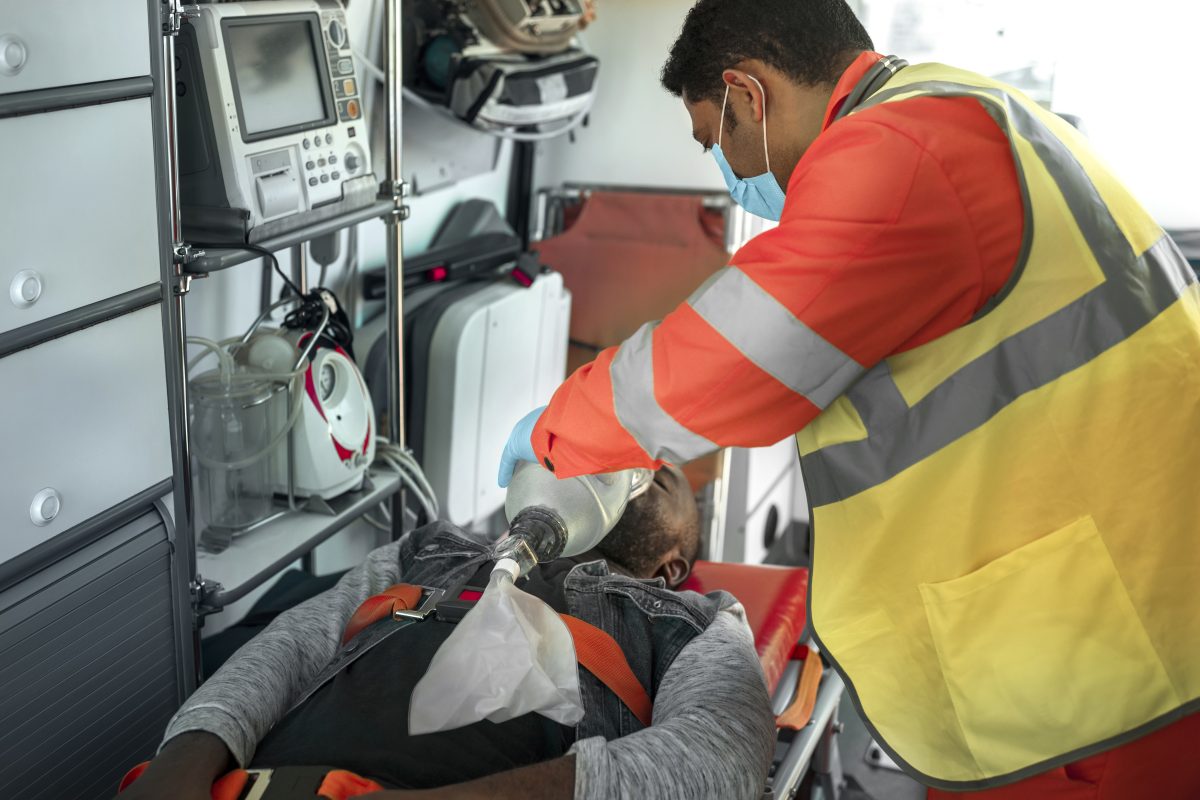
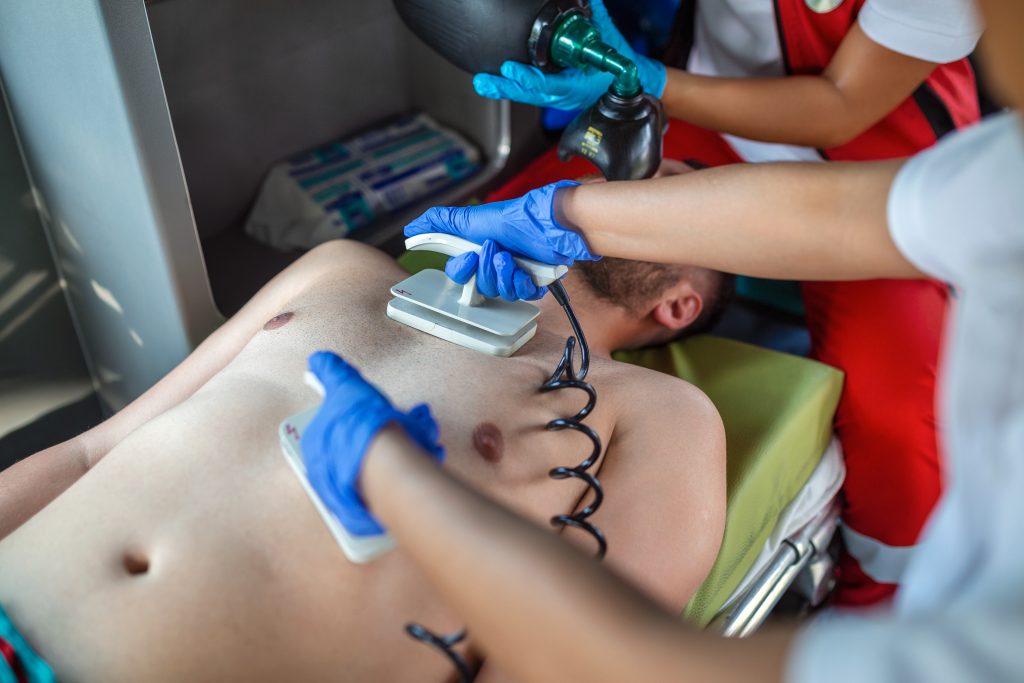


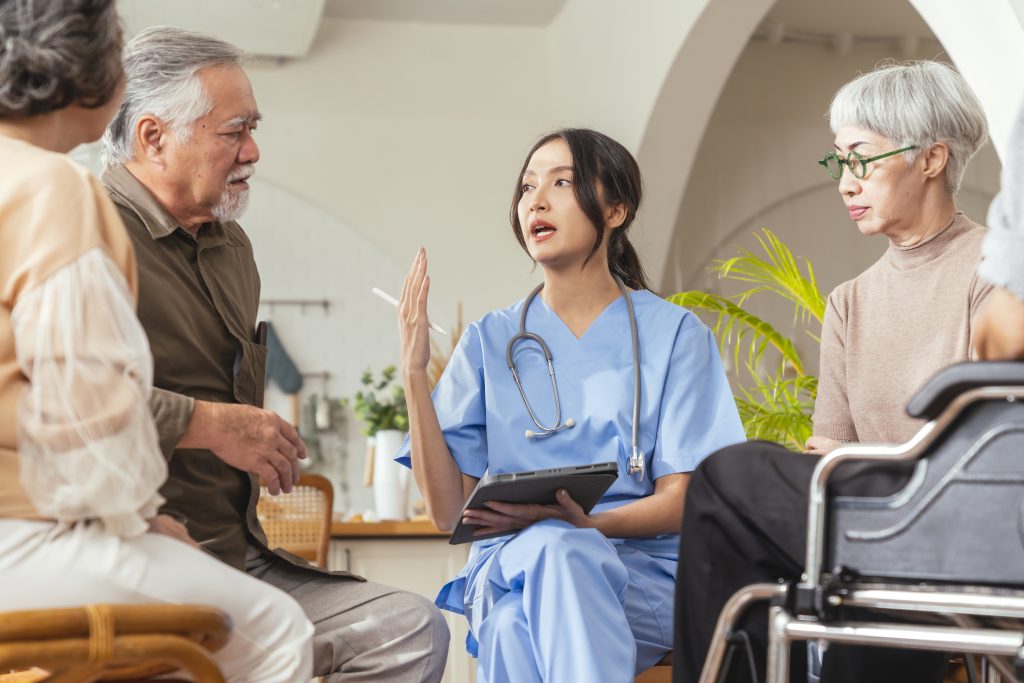

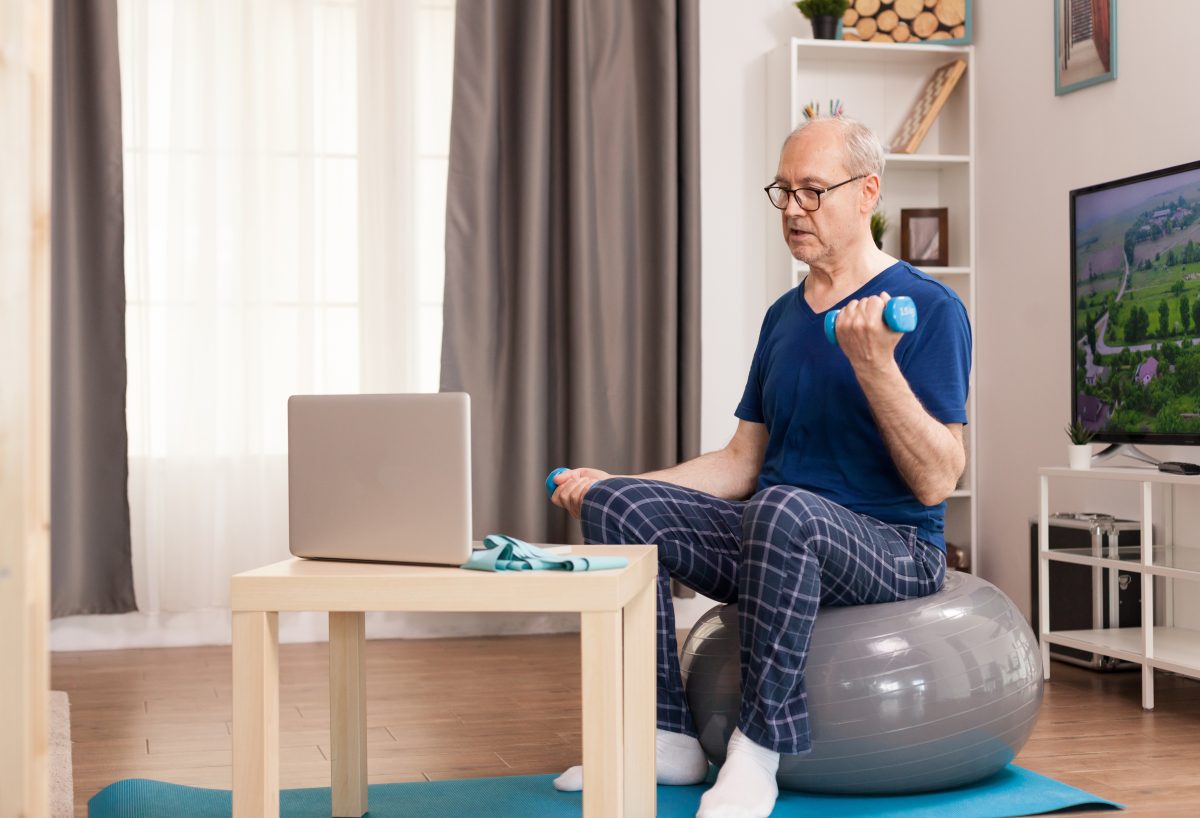





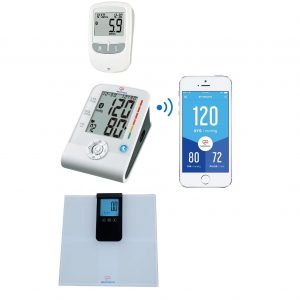





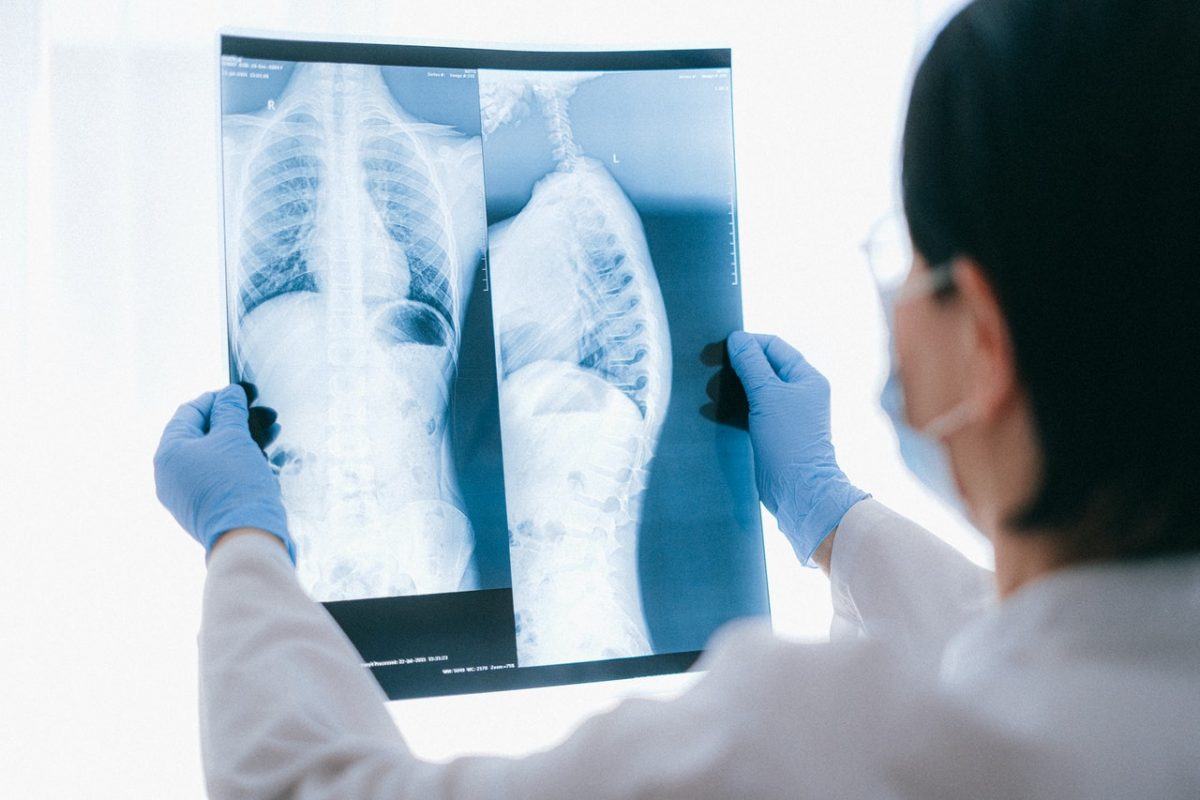
 +65 8836 0984
+65 8836 0984 sales@oursmartfuture.com
sales@oursmartfuture.com 246 Macpherson Road, #03-01 Betime
246 Macpherson Road, #03-01 Betime 


